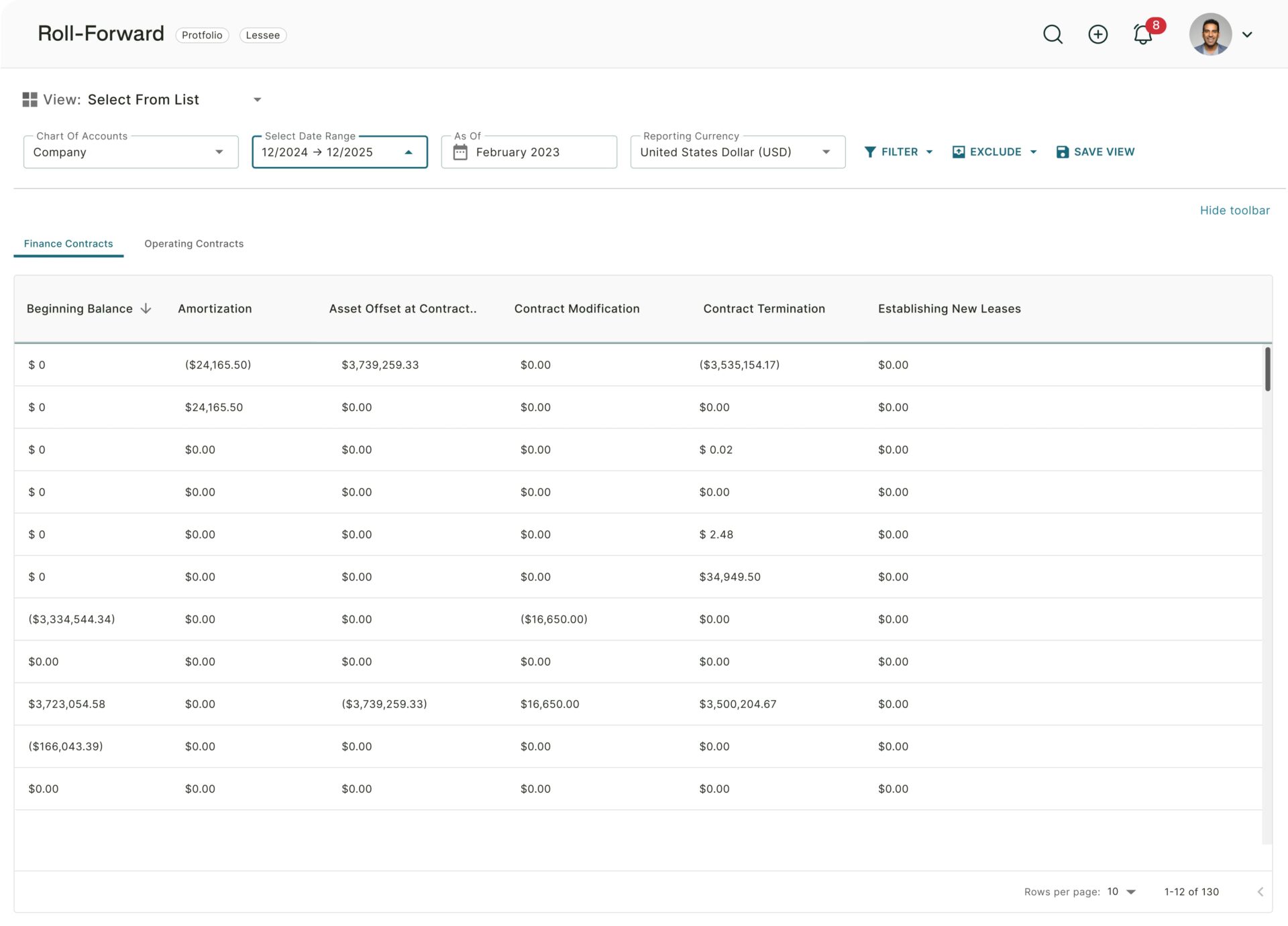Another audit busy season is in the books, and for many auditors and audit teams, it felt like the most intense yet. Seasoned auditors are no strangers to high-pressure timelines, but the 2025 season brought a perfect storm of external volatility and internal constraints.
Now, in the (somewhat) quieter months that follow, it’s time to debrief. Like athletes reviewing game tape, this is the opportunity for financial professionals to turn hard-earned experience into smarter and more efficient audit cycles moving forward.
What made this busy season especially difficult?
Several compounding factors intensified pressure on audit teams this year:
- Compressed timelines. Uncertain market conditions led many clients to delay financial closes or shift scopes midstream. This often left auditors scrambling to meet tight deadlines, with little notice.
- Staffing shortages. Many firms still felt the aftershocks of talent churn. Teams were leaner, and new hires were often less experienced, straining bandwidth.
- Changing client expectations. With the evolution of AI, clients now expect a faster turnaround, seamless digital interfaces, and proactive insights. This raises the bar for audit teams who are already constrained by staffing, competing priorities, and the changing compliance landscape.
- Evolving standards. From ESG disclosures to new AI governance frameworks, compliance requirements are still rapidly changing. Teams needed time to conduct proper risk assessments and interpret and apply these standards – all while continuing their core audit work.
- Pressure to “do more with less.” Budgets stayed flat, but the expectations didn’t. From personalized deliverables to near-instant answers, firms are expected to deliver more precision and with a faster turnaround time – without additional headcount.
These challenges were the drivers of common pain points. In this article, we’ve outlined the challenges and pain points as we look to the future of automating audit workflows.
Audit teams face significant challenges
Even with skilled professionals and solid planning, several pain points remained barriers to performance:
- Manual vouching and tracing remain embedded in the audit process. Despite advances in AI automation, many audit workflows are still reliant on manual vouching, tracing, and review – resulting in longer hours and a higher risk of error. For many firms, there also isn’t a single source of truth for documents and data, which can add to workload complexity.
- Lease and revenue testing are bottlenecks. The high volume, contract-based data in lease and revenue testing lacks standardized and automated formatting. Auditors are spending more time gathering source documents like lease agreements and revenue contracts, manually applying complex calculations, and cross-referencing assumptions without templates. Without AI or automation in place, late-cycle revisions are the standard and time-consuming practice.
- Tools for secure, real-time collaboration are missing. Audit teams still rely on asynchronous email chains, static workpapers, and legacy portals to share information. This can lead to delays, duplicate efforts, and critical updates that get lost. Without a modern platform that enables secure, real-time interaction, audit teams struggle to meet expectations in terms of speed, accuracy, and accountability.
- The lack of bottom-up visibility hinders the process. Managers often lack visibility into status, blockers, changes, and compliance issues – especially when teams aren’t co-located, or require multiple reviews across disconnected tools. Managers are forced to escalate risks in real-time upon discovery, which can lead to last-minute revisions and a higher risk of error late in the cycle.
These challenges aren’t new, but they’re more pronounced now, and increasingly unsustainable. It’s 2025, and people are using AI automation tools like ChatGPT and Base44 to work faster than ever. Why should audit still be stuck in the 1990s?
Emerging trends and bright spots
It wasn’t all pain, however. Amid the stress, a few encouraging trends stood out:
- More teams are embracing automation. We observed the growing use of intelligent tools in lease abstraction and data reconciliation. These are two key areas that enabled significant reductions in manual work hours – often even days or weeks of work. According to The Journal of Accountancy, AI is emerging as a trend within the audit and accounting process.
- AI is gaining traction. There’s growing curiosity and willingness to test AI-driven workflows. Many audit leaders are exploring how AI can surface anomalies, summarize documents, and enhance testing.
- Younger staff are pushing for modern tools. Newer team members, who grew up in digital environments, are increasingly advocating for smart tech that mirrors the tools they use in everyday life. This bottom-up momentum is a welcome shift.
Actionable takeaways for the off-season (and next year’s busy season)
Now is the time to pause, reflect, and improve. Here’s how leading audit teams are approaching the post-busy season window:
- Run a post-mortem. What worked well? Where did bottlenecks occur? Gathering feedback now will set the foundation for meaningful change later.
- Our tip. Make the post-mortem a team-wide initiative, not just a leadership review. Use anonymous surveys or facilitated sessions to encourage honesty. Categorize feedback into “Quick Wins” and “Long-Term Fixes” to keep momentum.
- Map out your pain points. Whether it’s data ingestion, testing complexity, or client delays, be specific about what slowed your team down (and what you can do about it).
- Our tip. Use a whiteboard or shared document to visualize each step of the audit process. Ask: “Where did we lose time – lease testing, client delays, revisions?” and “Where did errors happen?” These are prime candidates for improvement.
- Evaluate automation opportunities. If a task was painful, repetitive, or error-prone, chances are it can be improved with technology. Consider piloting tools before the next cycle begins.
- Our tip. Identify one or two high-friction workflows – like lease testing or recons – and run a small-scale tech pilot. Measure outcomes, such as the number of hours saved or the reduction in errors, to build a case for broader adoption.
- Focus on audit readiness. Don’t wait until next season. Start improving documentation, controls, automation, and collaboration processes now – with an eye toward more intelligent data management.
- Our tip: Assign “readiness champions” to key areas like client communication, file organization, and data sourcing. Their role is to proactively prepare, test new tools, and flag risks ahead of next season.
- Engage your team. The most successful technology initiatives have champions at all levels of the organization. Consider engaging cross-functional subject matter experts (SMEs) and leaders, including those from business intelligence, financial analytics, engineering, and platform support.
- Our tip. Create a working group of tech-savvy team members across roles and experience levels. Let them trial tools, gather feedback, and lead peer training. Bottom-up buy-in is more influential than top-down mandates.
How Trullion can help audit teams work smarter
At Trullion, we’re focused on automating the most painful parts of the audit and accounting processes, so you and your team can focus on higher-value work. From lease and revenue testing to data reconciliation and real-time collaboration, our platform helps audit teams move faster – with greater accuracy and confidence.
The pressure of 2025 may have been tough, but it also revealed where the biggest opportunities are. With the right tools and a proactive mindset, your next audit season can be a whole lot smoother.
Discover how Trullion can take the stress out of busy season.





